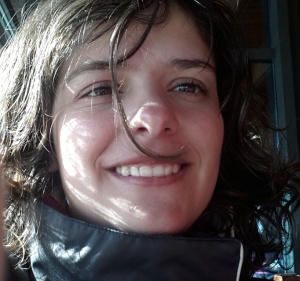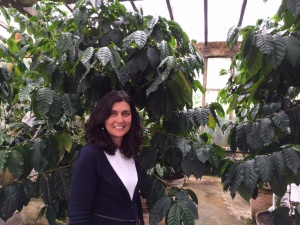Romeiras, M.M., Vieira, A., Silva, D.N., Moura, M., Santos-Guerra, A., Batista, D., Duarte, M.C. & Paulo, O.S. (2016) Evolutionary and biogeographic insights on the Macaronesian Beta-Patellifolia species (Amaranthaceae) from a time-scaled molecular phylogeny.
PLOS One,
11, e0152456. DOI:10.1371/journal.pone.0152456 (IF2016 2,806; Q1 Multidisciplinary Sciences)
The Western Mediterranean Region and Macaronesian Islands are one of the top biodiversity hotspots of Europe, containing a significant native genetic diversity of global value among the Crop Wild Relatives (CWR). Sugar beet is the primary crop of the genus Beta (subfamily Betoideae, Amaranthaceae) and despite the great economic importance of this genus, and of the close relative Patellifolia species, a reconstruction of their evolutionary history is still lacking. We analyzed nrDNA (ITS) and cpDNA gene (matK, trnH-psbA, trnL intron, rbcL) sequences to: (i) investigate the phylogenetic relationships within the Betoideae subfamily, and (ii) elucidate the historical biogeography of wild beet species in the Western Mediterranean Region, including the Macaronesian Islands. The results support the Betoideae as a monophyletic group (excluding the Acroglochin genus) and provide a detailed inference of relationships within this subfamily, revealing: (i) a deep genetic differentiation between Betaand Patellifolia species, which may have occurred in Late Oligocene; and (ii) the occurrence of a West-East genetic divergence within Beta, indicating that the Mediterranean species probably differentiated by the end of the Miocene. This was interpreted as a signature of species radiation induced by dramatic habitat changes during the Messinian Salinity Crisis (MSC, 5.96–5.33 Mya). Moreover, colonization events during the Pleistocene also played a role in shaping the current diversity patterns among and within the Macaronesian Islands. The origin and number of these events could not be revealed due to insufficient phylogenetic resolution, suggesting that the diversification was quite recent in these archipelagos, and unravelling potential complex biogeographic patterns with hybridization and gene flow playing an important role. Finally, three evolutionary lineages were identified corresponding to major gene pools of sugar beet wild relatives, which provide useful information for establishing in situand ex situ conservation priorities in the hotspot area of the Macaronesian Islands.





